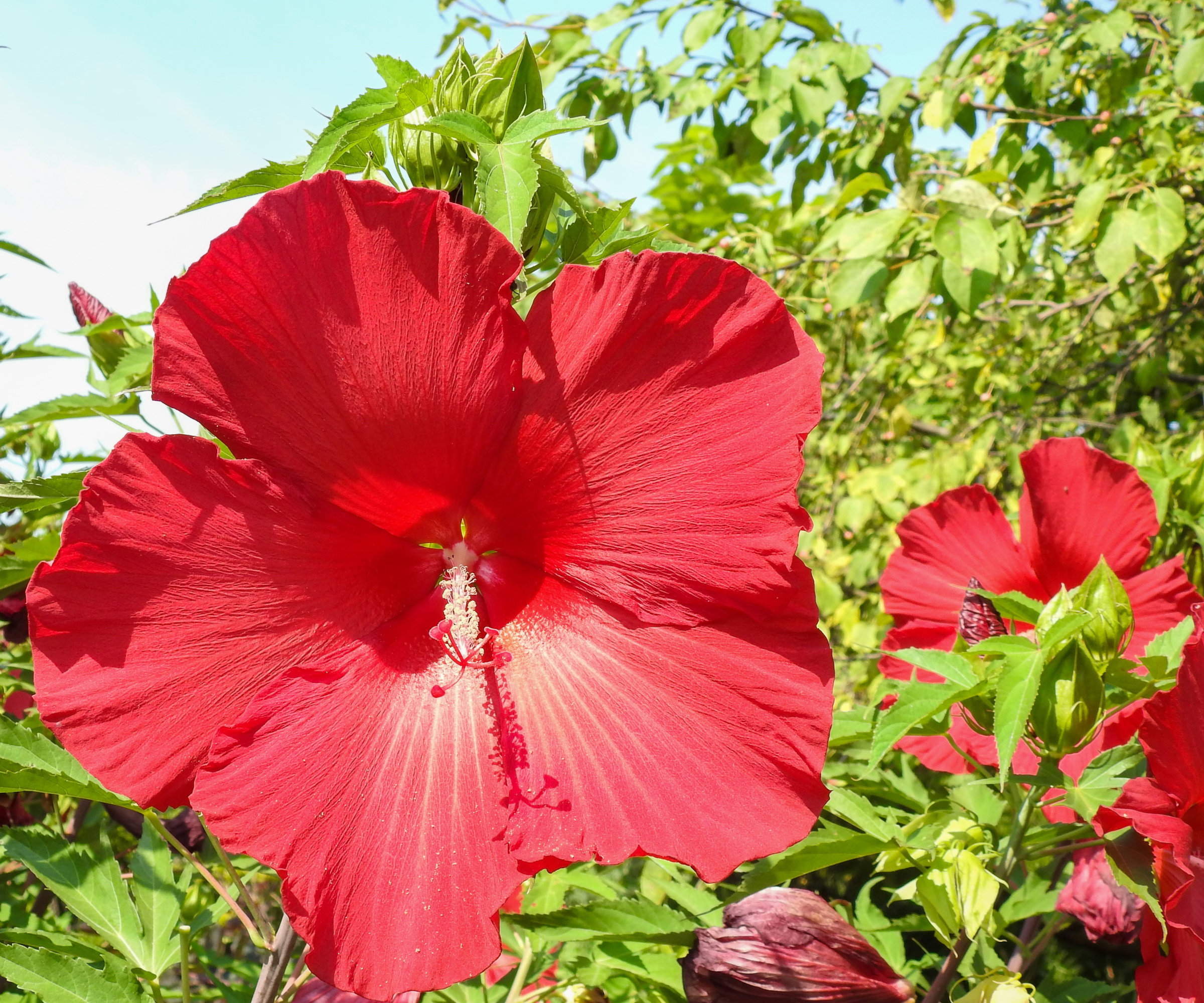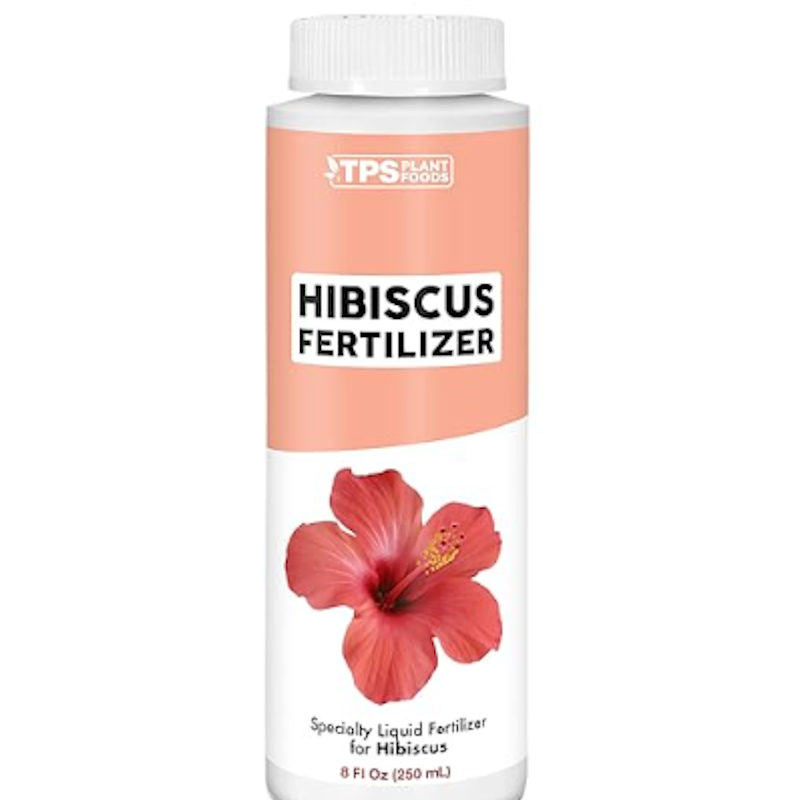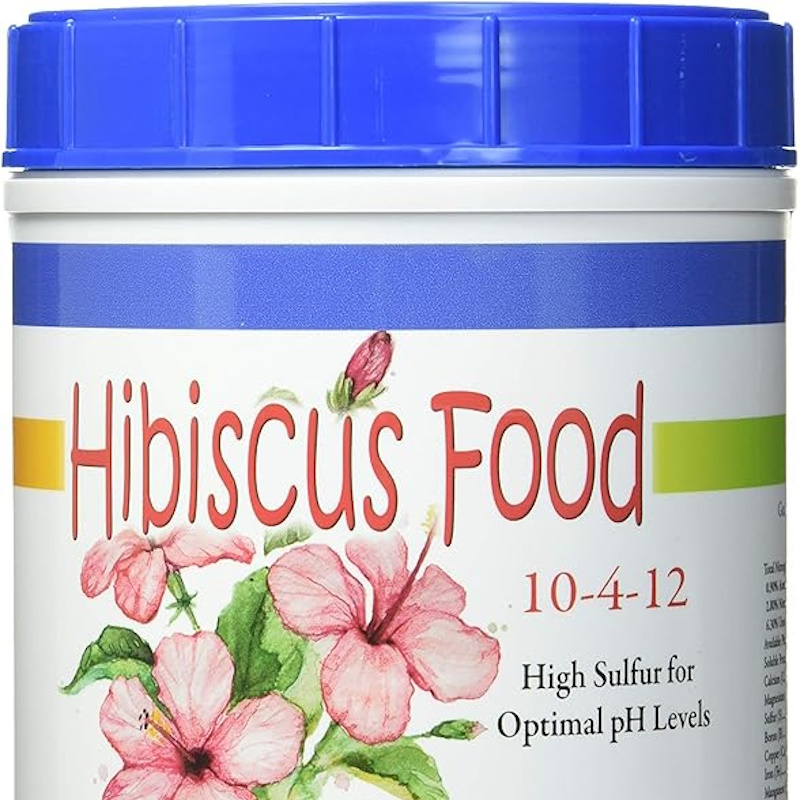How to fertilize hibiscus – plus expert tips on when to do it for abundant blooms
Feed this plant for a display of spectacular blooms that will wow in your backyard


Fertilizing plants is a key part of nurturing them, especially if you want to see plenty of healthy blooms, fruit and foliage. Hibiscus is no different, as these beautiful plants enjoy plant food and will show off even more of their shapely flowers as a result.
Whether you grow hibiscus in your yard or grow hibiscus in pots, this plant, that is native to tropical climes of Mauritius, Fiji, Hawaii and more, will benefit from occasional fertilizing. This is true for all types of these spectacular flowering plants, which will display an abundance of their wonderful blooms after being fed.
However, it is important to avoid fertilizing mistakes with all plants because not doing it correctly could led to their downfall. That's why we've asked experts how to fertilize hibiscus and they shared their tips on when and how to do it successfully.
When to fertilize hibiscus

Timing is one of the most important elements of successful fertilizing. If you feed your plants when they aren't actively growing you might notice your hibiscus leaves turning yellow.
'Hibiscus should be fertilized frequently to optimize their growth,' says Lotte Berendsen, plant expert at PlantIn. 'We recommend feeding your plants in full ground once at the start of spring (before new growth emerges), once after the first round of blooming (typically mid-spring), once in mid-summer and then one last time at the end of fall,' she adds.
Hibiscus plants typically bloom from summer into fall, so it's a good idea to fertilize them when their active growth begins in spring. However, you should avoid fertilizing them in the colder months of winter when the plant is dormant.
This is a fertilizing mistake that can lead to roots burning and risking root rot as a result of your hibiscus plant's soil being oversaturated from fertilizer.
Design expertise in your inbox – from inspiring decorating ideas and beautiful celebrity homes to practical gardening advice and shopping round-ups.

Lotte is a gardening enthusiast, writer, and plant expert at PlantIn, where she provides customers with detailed care and treatment plans. She is a plant-lover in heart and soul, and owns over 100 houseplants.
How to fertilize hibiscus

You should start by sourcing the right fertilizer for your hibiscus. Plant fertilizer numbers indicate how much nitrogen, phosphorus and potassium is in the plant food (NPK).
'Most balanced fertilizers will be sufficient. Aim for a fertilizer with an NPK ratio of 10-10-10 or 12-12-12,' says Lotte.
Another option is to look for a fertilizer with a higher phosphorus number, as this is the nutrient that can boost the growth of blooms.
When fertilizing hibiscus, make sure to always follow the manufacturer instructions. Some of the most popular plant food is in liquid form , which you add to water before watering your plants.
'We recommend feeding at half the recommended strength or less. Simply follow the product instructions by diluting liquid plant feed with water and watering your plant with this mixture,' says Lotte.
'Do not feed your hibiscus too often, as excess fertilizing can lead to root burn. How often you feed your plants depends on whether your hibiscus grows in the ground or in containers,' she notes.
If you are growing hibiscus indoors or in pots outside, your plant can be fertilized more frequently due to better drainage. 'Container-grown plants can be fed every month at ¼ of the recommended strength, while ground-growing plants will grow fine when given fertilizer four times a year,' Lotte notes.
You can also try organic methods by making plant fertilizer from items in your kitchen - this includes using banana peels as fertilizer.
Find hibiscus fertilizer online
FAQs
Will fertilizer make my hibiscus rebloom?
Hardy hibiscus plants are perennial, meaning they will come back each year and their flowers will fade at the end of their blooming season in fall. Fertilizing your hibiscus is a great way to boost blooms and encourage new growth so that you can see returning blooms. Take care not to fertilize during winter, as this could cause root burn or rot and kill your plant.
You can fertilize hibiscus plants during their active growing season to encourage further growth and new blooms. Reduce feeding when your plant is dormant and always follow manufacturer instructions for application.
It can be a good idea to deadhead hibiscus flowers when their blooms fade to help them bloom again in the next season. You should also keep on top of pruning hibiscus to keep your plant in a healthy condition.
For more fertilizing information, see our guide on how to fertilize crepe myrtle, to keep your shrubs looking their best this year.

Tenielle is a Gardens Content Editor at Homes & Gardens. She holds a qualification in MA Magazine Journalism and has over six years of journalistic experience. Before coming to Homes & Gardens, Tenielle was in the editorial department at the Royal Horticultural Society and worked on The Garden magazine. As our in-house houseplant expert, Tenielle writes on a range of solutions to houseplant problems, as well as other 'how to' guides, inspiring garden projects, and the latest gardening news. When she isn't writing, Tenielle can be found propagating her ever-growing collection of indoor plants, helping others overcome common houseplant pests and diseases, volunteering at a local gardening club, and attending gardening workshops, like a composting masterclass.


